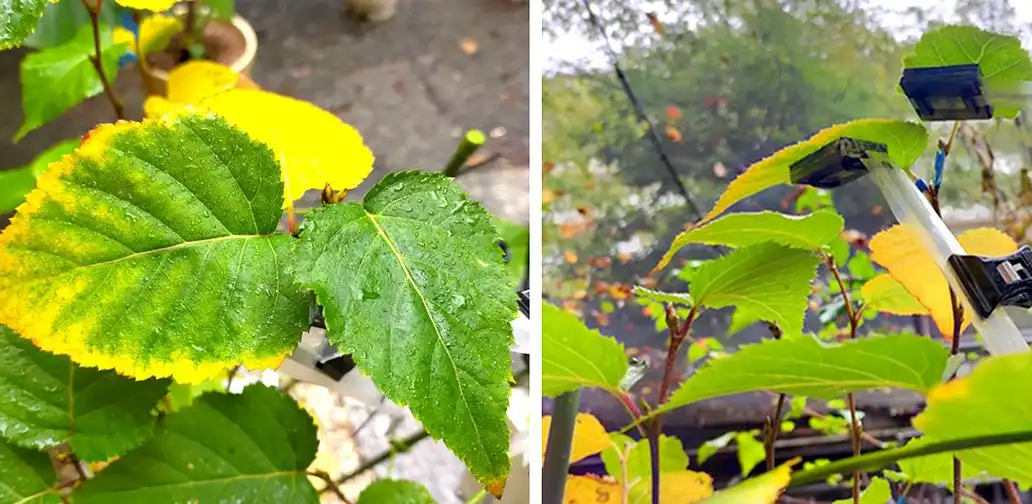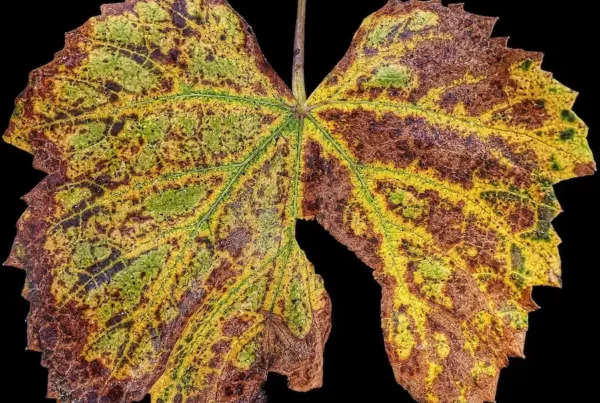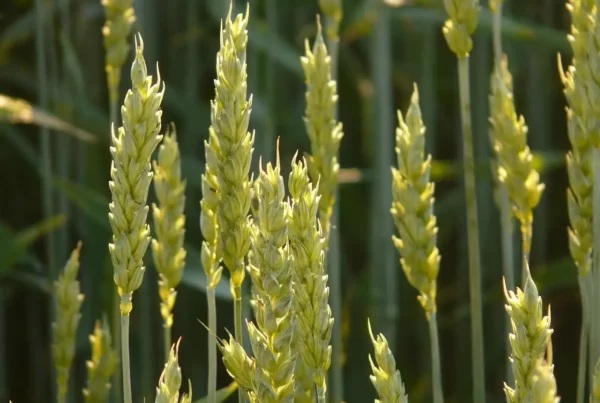With growing concerns over climate change and overpopulation, we urgently need to boost agricultural productivity. With the goal of creating a way to easily tell whether a plant is thriving or dying, a leaf-mounted sensor was created by researchers at Tohoku University. This small but mighty technology could help improve crop yields and resource management in order to meet ever-growing demands.
Extreme weather events like heatwaves, heavy rain, and droughts stress plants, which can reduce crop yields and threaten the long-term health of our farms, forests, and biodiversity. There is an unmet need to monitor precisely how plants respond to these changes. While drones and aircrafts have improved plant monitoring from above, they only capture more macro, surface-level information. They also need adjustments to be able to track plants accurately over time. Other small sensors that can capture changes at the individual plant level are inconvenient since they often require on-site personnel to install and manually check each sensor.
“The traditional methods may work well for some purposes, but they are difficult to operate and quite expensive,” explains Kaori Kohzuma, “In order to continuously monitor small changes, we needed a new solution.”
To address these issues, a team of researchers developed a novel sensor that attaches directly to the underside of plant leaves. This small device uses a spectroscopic sensor and light source to measure leaf color without blocking sunlight, and it can track changes in the same spot over time. Powered by a battery, with Wi-Fi data transfer and waterproofing, the sensor can work outdoors for over a month, allowing for extended data collection.
“Smart agriculture is a huge time-saver,” says Ko-ichiro Miyamoto, “Farmers don’t have time to manually check every single plant. This sensor is able to provide fine-tuned readings for what’s going on in real time. Then, they can react accordingly to areas where plants are experiencing high levels of stress.”
This sensor performed well when compared with a commercial spectrometer on about 90 leaves from 30 different plant species. It accurately distinguished colors across seven out of its eight detectable wavelengths, and its readings at 620 nm were highly similar to commercial chlorophyll meters. Further tests with a stress-sensitive Arabidopsis thaliana mutant showed that changes at 550 nm in the sensor’s readings matched the plant’s stress responses, which aligned with the commonly used Photochemical Reflectance Index (PRI).
In an outdoor trial to test performance under real life conditions, they attached the sensor to birch leaves to track changes in leaf color during autumn, leaf fall, and aging over two weeks. They were able to observe a decrease in chlorophyll (an indicator of plant stress) and how the plant’s response fluctuated with sunlight intensity.
“This affordable sensor is a promising tool for accurately monitoring plant health and stress through leaf color and light reflection data. Its low cost makes it possible to place multiple sensors across various locations, creating a network for simultaneous monitoring in many spots,” summarizes Kohzuma.
This smart diagnosis technology allows for support to be provided in the areas it’s needed most. This sensor could be used widely in smart farming, forest health studies, and other areas where detailed plant health tracking is important.
Read the paper: Sensing and Bio-Sensing Research
Article source: Tohoku University
Image: Full outdoor shot of a plant with leaves showing signs of fall foliage. On the right side of the image, an device, a white/light gray pole with small electronic devices or sensors attached to the leaves is present, part of a monitoring or experimental setup for the plant physiology. Credit: Tohoku University






